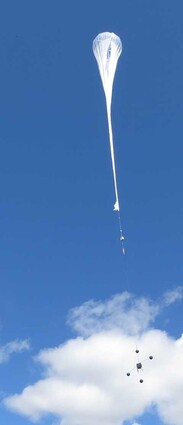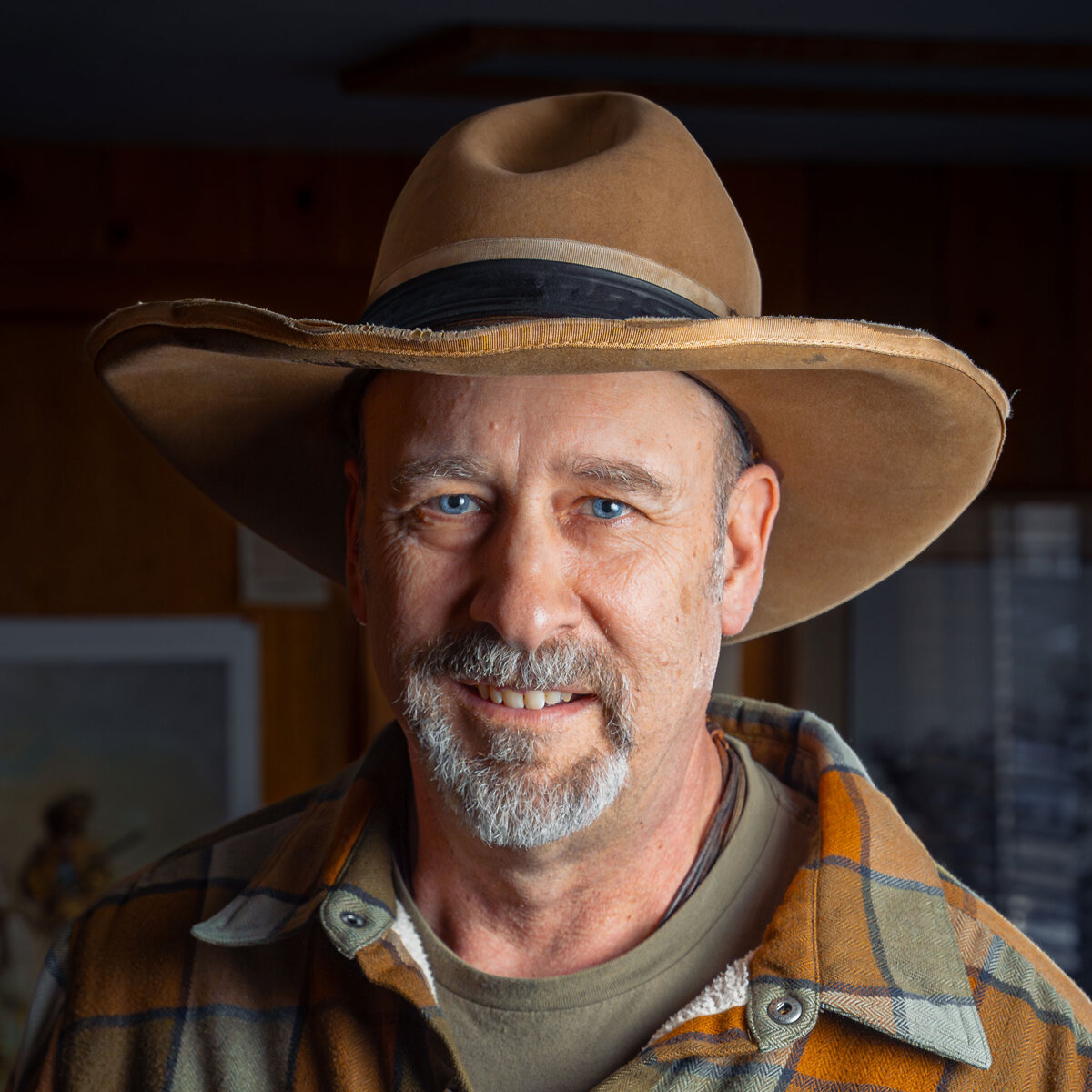University science project hit snag
Last updated 7/16/2019 at Noon

Jim Cornelius
A second launch of a sensor for electrical conductivity in connection with thunderstorms had a short flight on Thursday, July 11.
The course of science — like true love — never does run smooth.
A test flight for a project measuring electrical conductivity in connection with thunderstorms was to launch via balloon from Sisters Airport last week. The mission was a test flight to ensure success of further flights this summer.
The joint effort of the University of Washington Earth and Space Sciences program and DigiPen Institute of Technology had a rough time getting off the ground — literally. There were several delays in launching due to technical issues with the 72-pound payload of sensors. Then, when the balloon went up on Wednesday, July 10, it came immediately back
down.
Sisters resident Steven Peterzen, who has conducted balloon launches for science-related projects all over the world, was conducting the launch. He said that there was an error in the software code that ended the flight.
“Instead of having four days to terminate the flight, they had it terminate in four minutes,” Peterzen explained.
A second launch attempt on Thursday got the balloon off the ground, but it did not take flight.
“It kind of stalled at 500 to 800 feet,” Peterzen said. “It was moving much slower than I’ve been accustomed to seeing over the years.”
The mission “did not meet the success criteria,” Peterzen said.
But failing to meet success in a test flight still produces valuable data.
“I don’t look at those (aborted flights) as failures,” Peterzen said. “Everybody learned something. How can you fail if you’re learning?”
Peterzen is investigating the possibility of a flaw in the second balloon, while the rest of the team will have to evaluate the payload weights, calculations and software.
Then they’ll be back for additional missions.
The balloon and payload from the second flight were recovered from an open area to the south of Lake Billy Chinook.
“They were able to almost drive right up to it,” Peterzen said.
Like the Apollo missions of almost exactly 50 years ago that took men to the moon, there are many steps along the way to a successful mission. Some of them are mis-steps. All of them require support.
Peterzen expressed appreciation to the owners and management of Sisters Eagle Airport for making the work in Sisters possible.
“They supported that thing at no cost, so far,” Peterzen said.
A pilot moved his plane out of his hangar to clear space for the team to work on the payload, and the airport staff provided equipment and ground support as required.
“Whatever we needed — they never said no,” Peterzen said.


















Reader Comments(0)